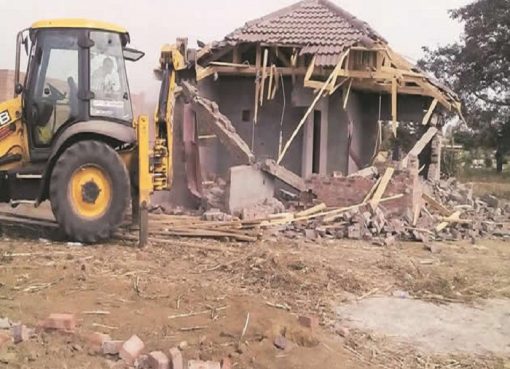Buildings don’t just collapse. They always show telling signs. But many Nigerians either don’t know, recognize the signs or pay attention.
Here are ways to identify an impending building collapse:
Cracks in the wall
Major cracks in your walls are indications of impending danger.
The most common causes of cracking are Ground movement (beneath foundations) caused by clay shrinkage, landslip, vibration, subsidence, settlement, heave, sway, and so on. Foundation failure due to the decay of soft clay brick, concrete erosion due to chemical contaminants, and so on.
Dilapidation
Dilapidation of a building means that the physical life of a building is tending to be expired, that is, the building is approaching a condition which would render it unfit for use. Such conditions of a building may occur due to various reasons like Natural decay and ageing, Inadequate maintenance, Use of underspecified materials, Bad workmanship etc.
House movement
House movement can be caused by defects, movement of the ground, foundation failure, decay of the building fabric, and so on.
A building doesn’t have legs but it can move, it was not built to move, so when it does, it is a sign of an impending building collapse.
If a structure is unable to accommodate this movement, cracking is likely to occur.
Moisture penetration
Moisture penetration is caused when water enters a building from the outside through faulty rainwater protection equipment or infrastructure.
There are certain parts of a building that shouldn’t be wet like the ceiling, the interior of the walls, and the floors.
These areas are structurally reinforced to resist moisture. So when moisture penetrates these barriers, it becomes a sign of a building collapse.
Bad foundation
A foundation is built to carry the weight of a building. So when there are visible signs of a bad foundation.
If you’ve noticed that your floors are out of level or appear to be sagging, bowing or dipping, this could indicate trouble.
Source: Nation










